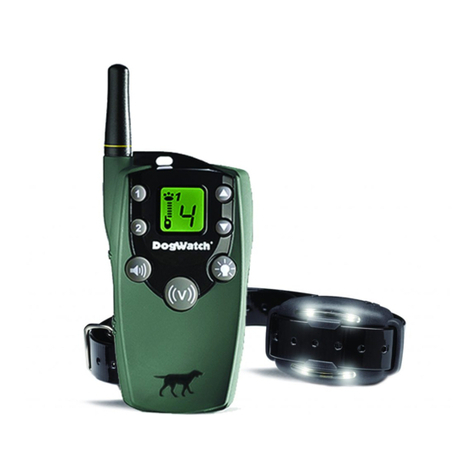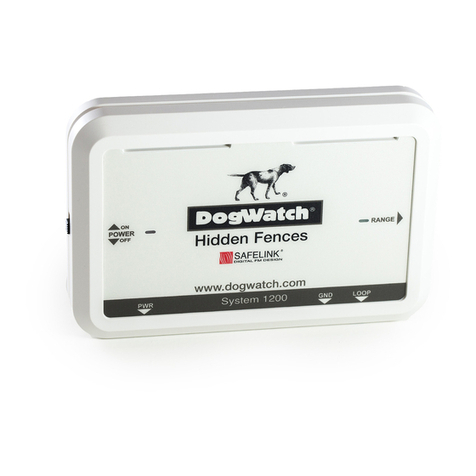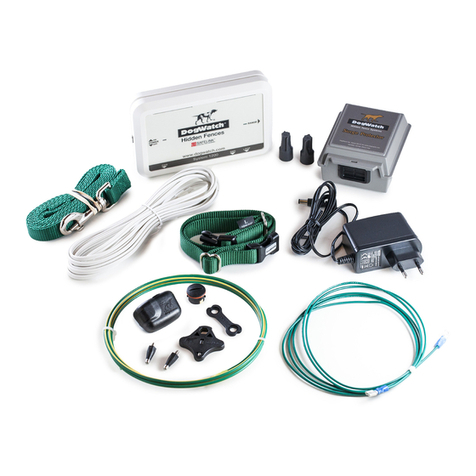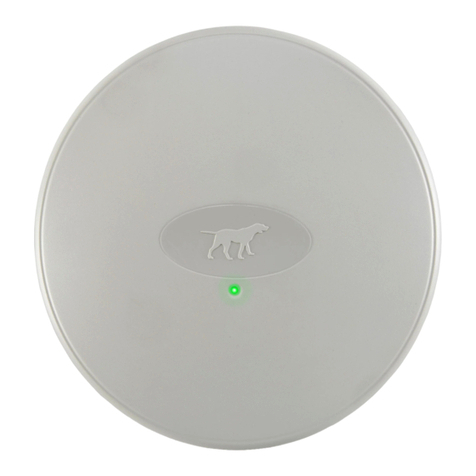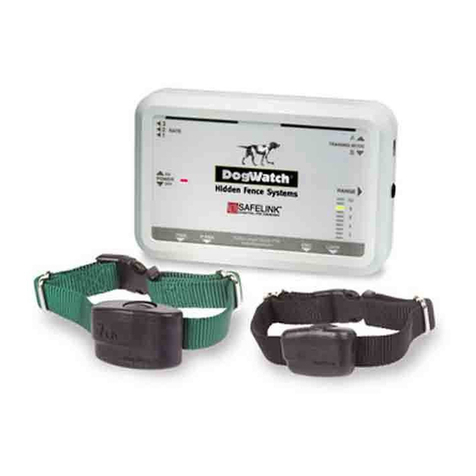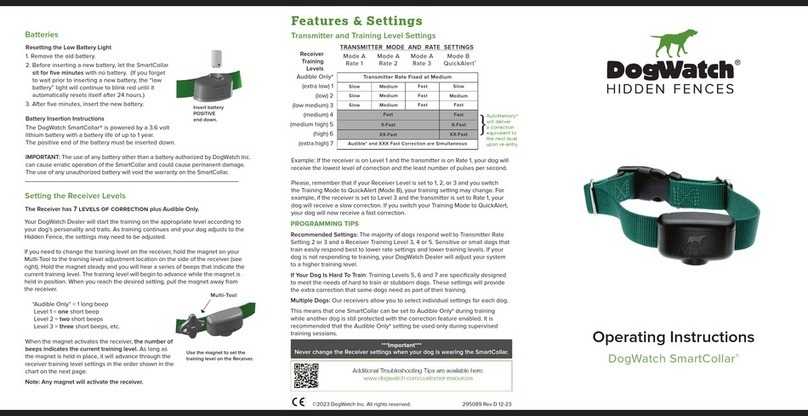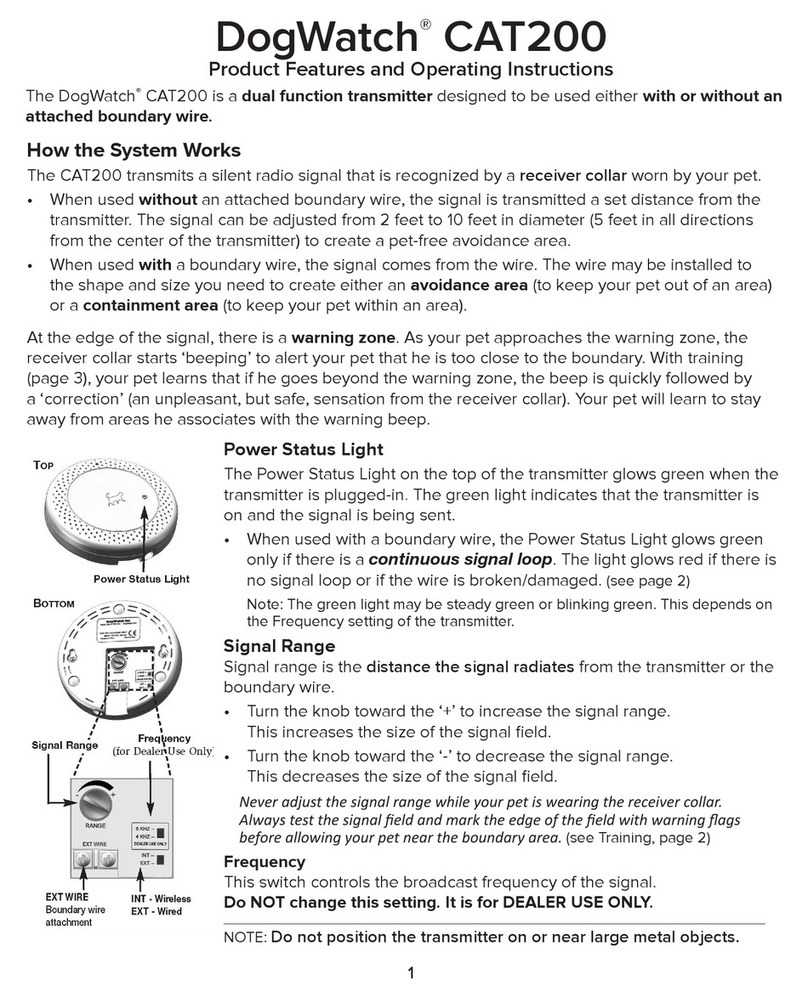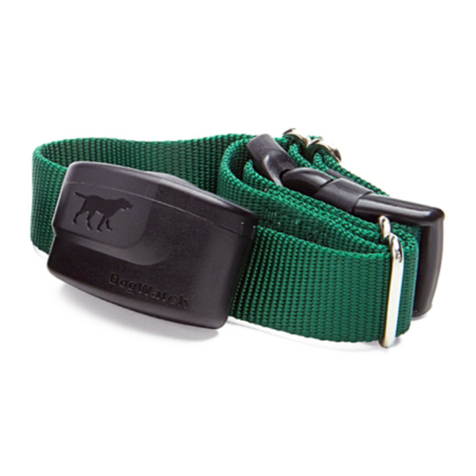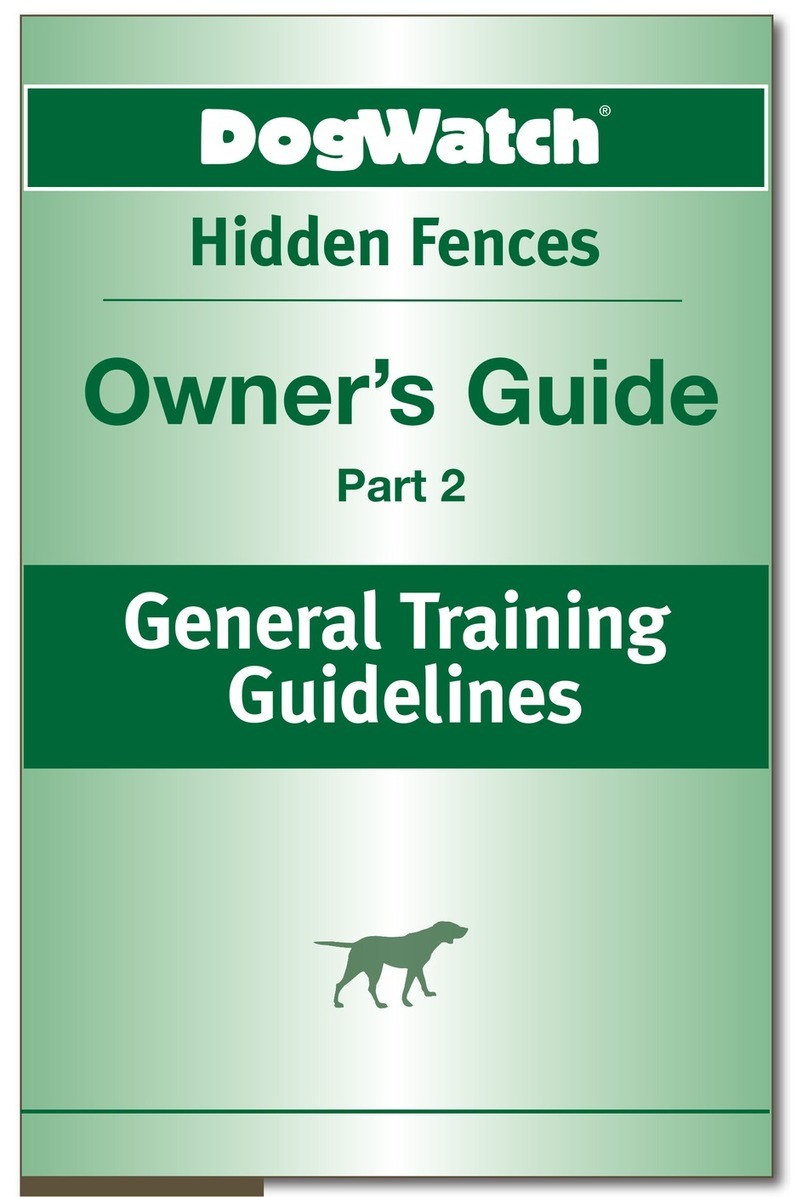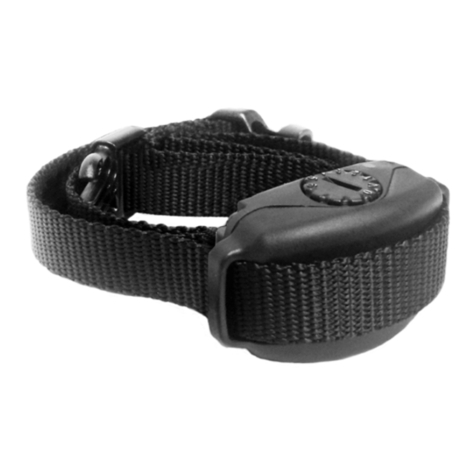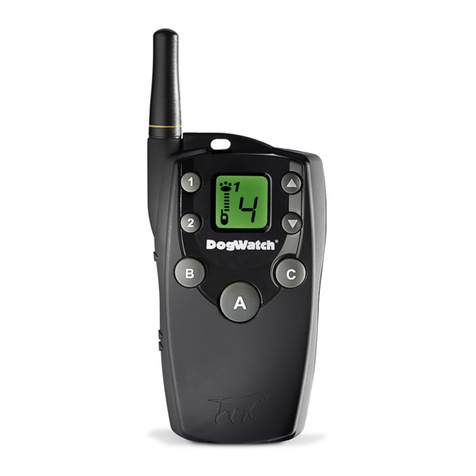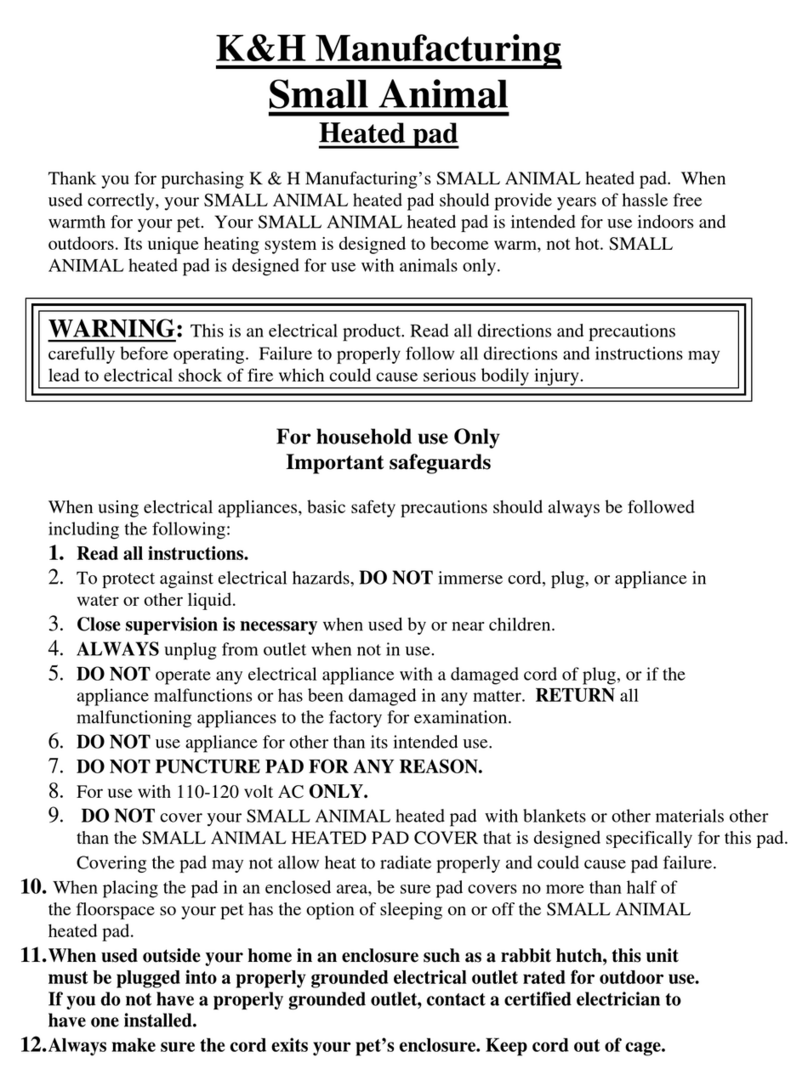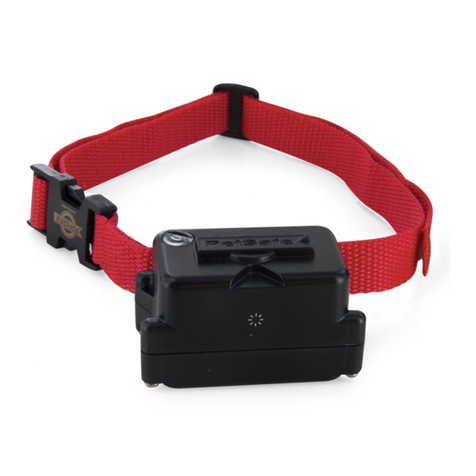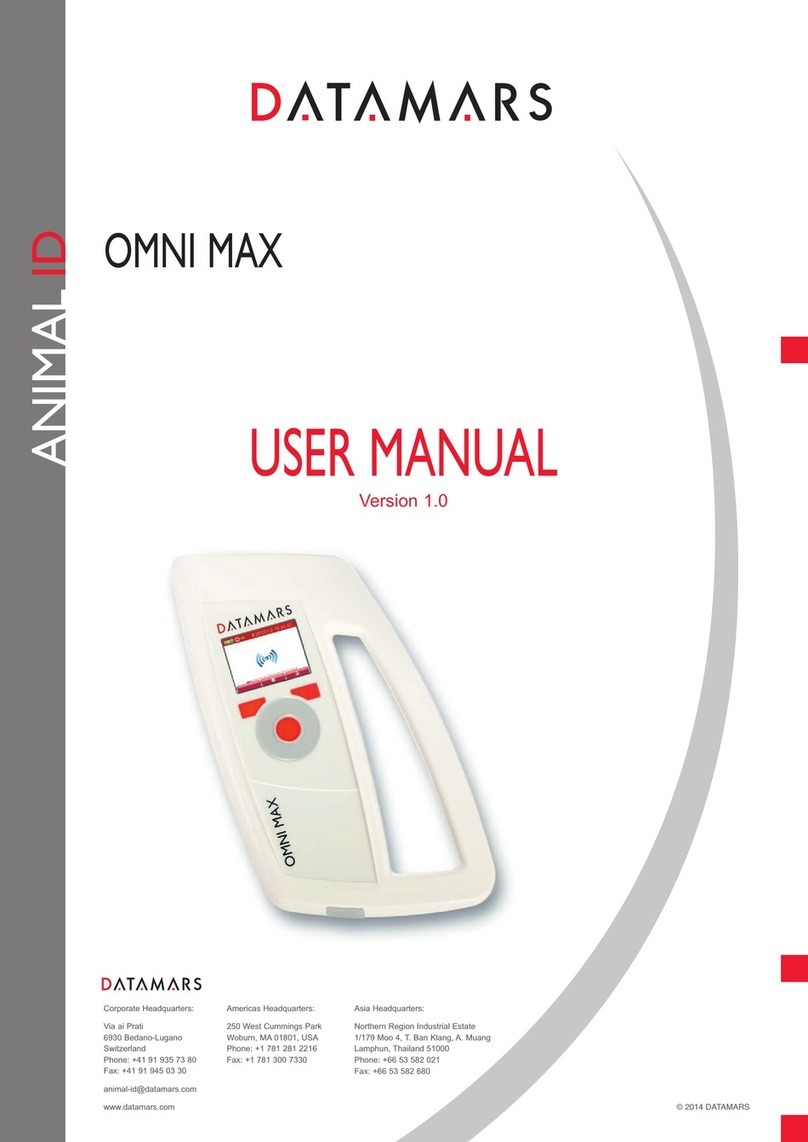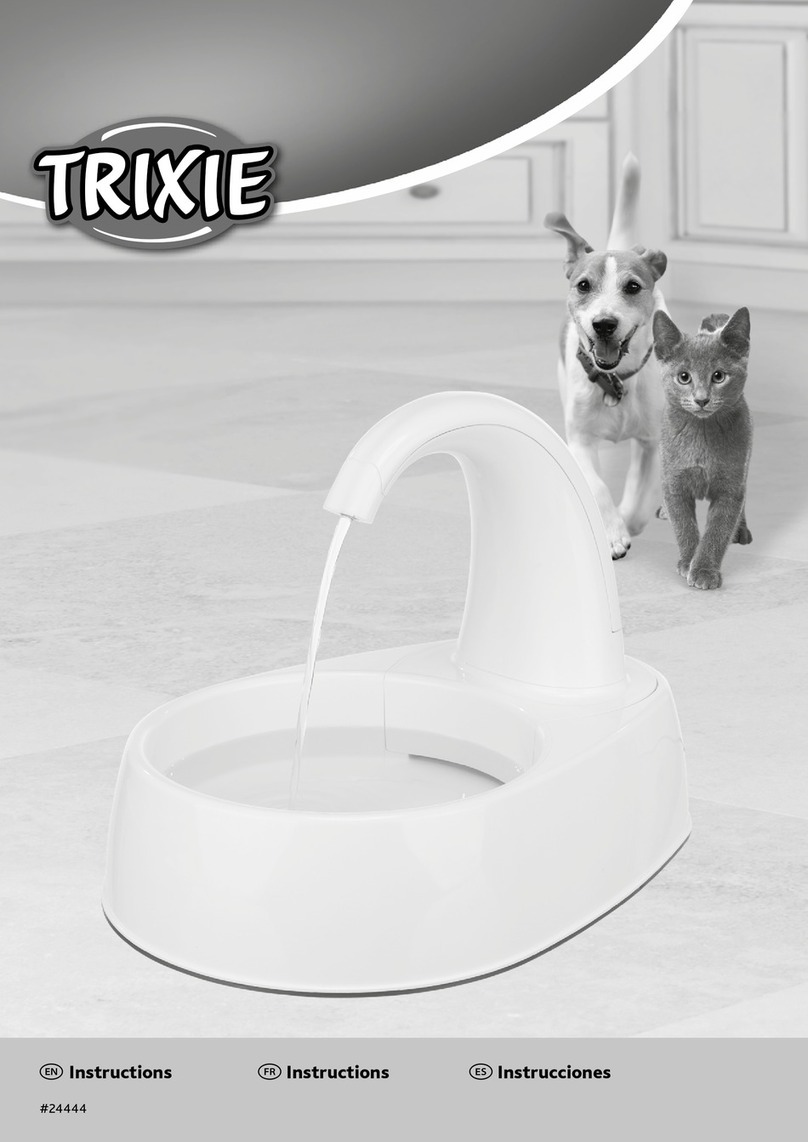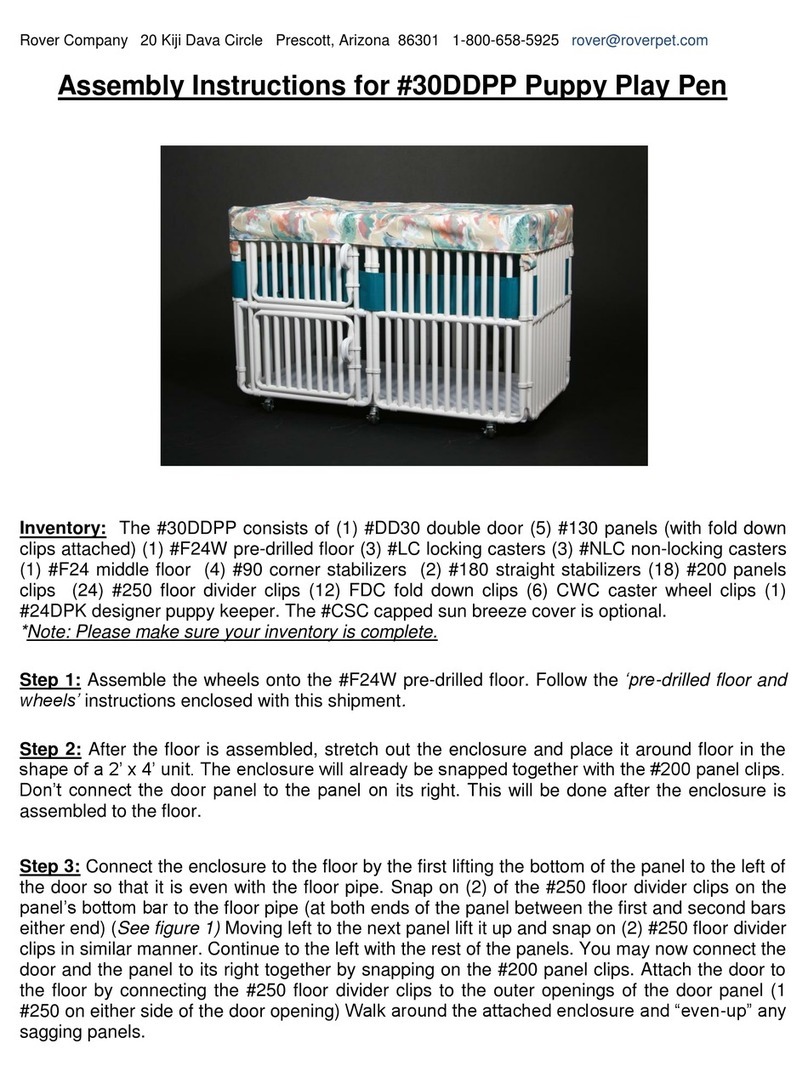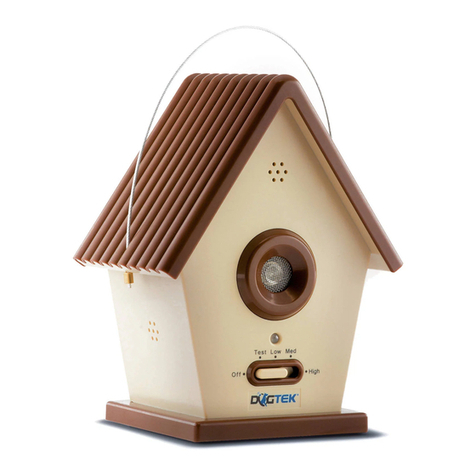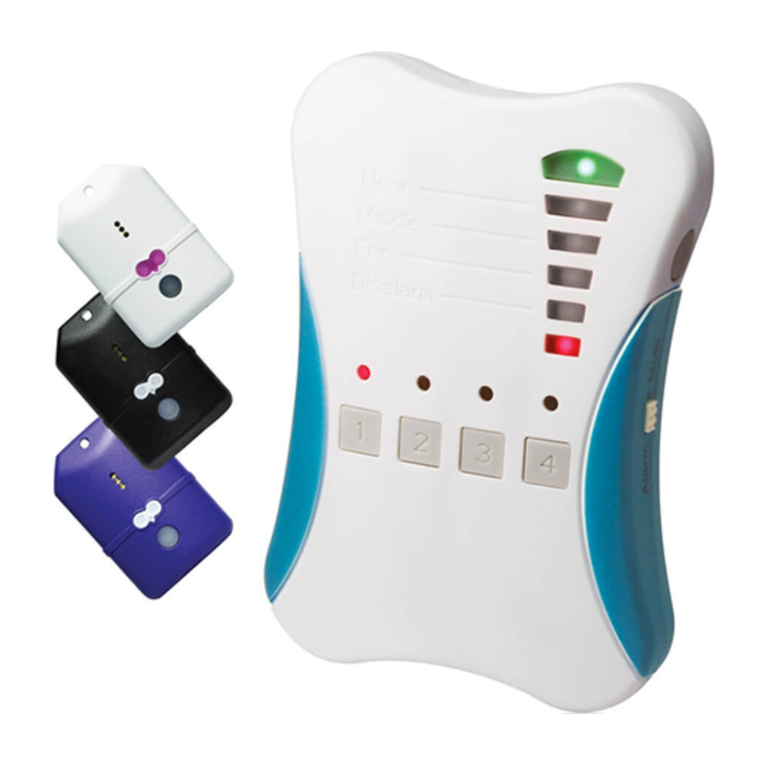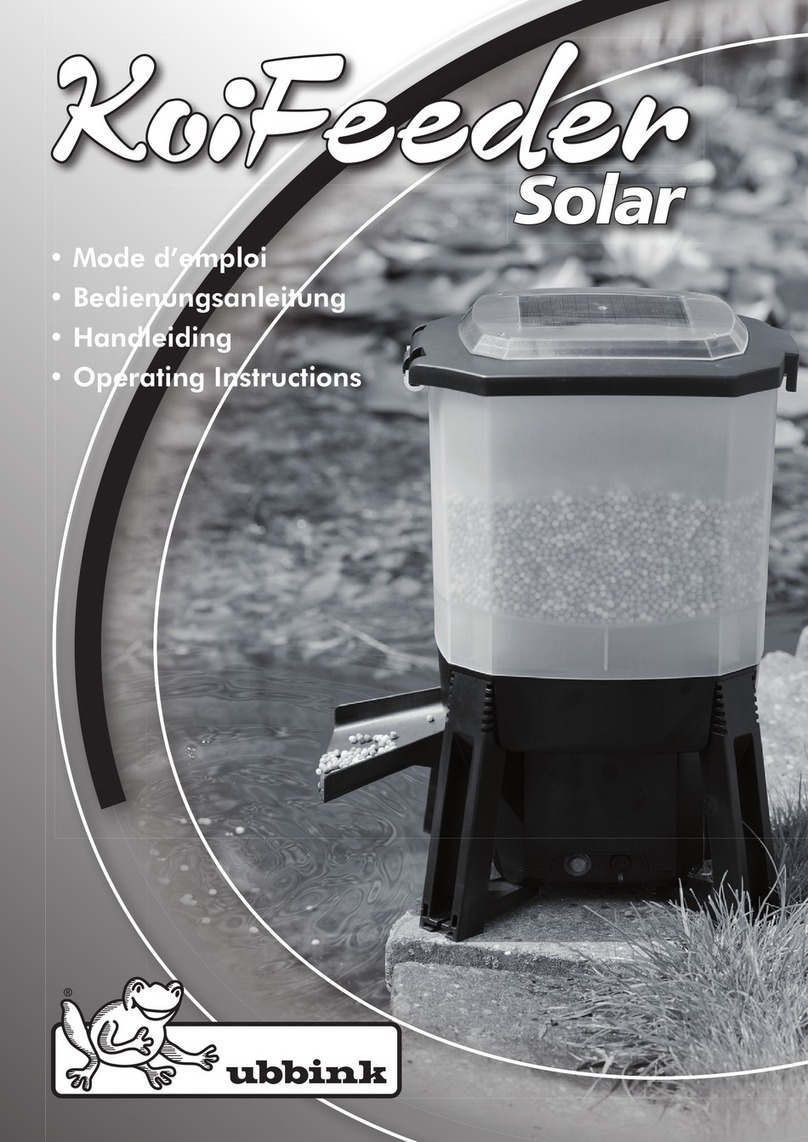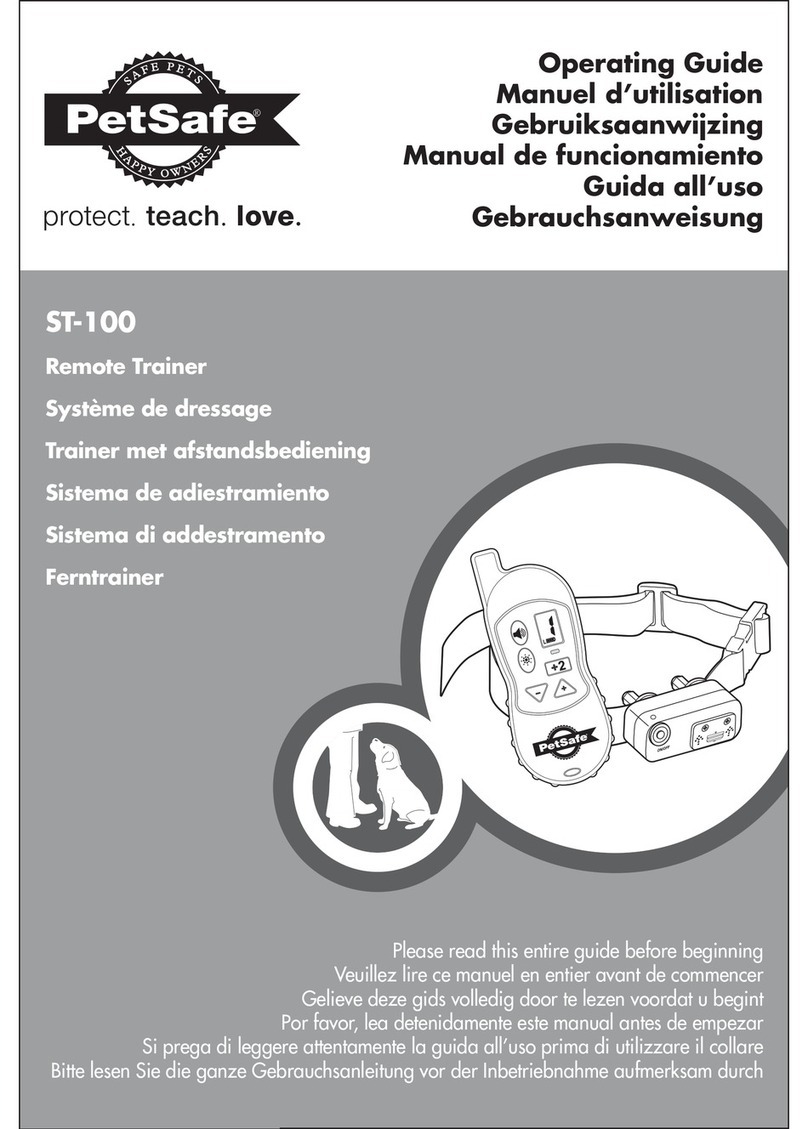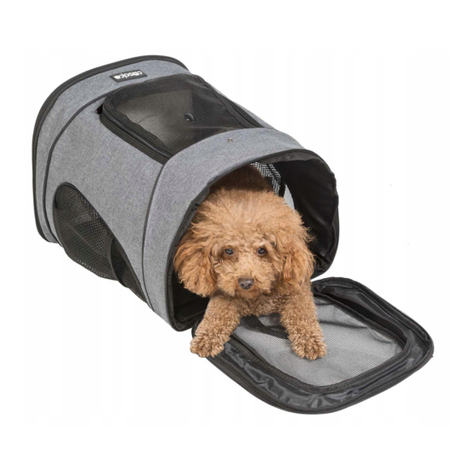
PREMIUM Hidden Fence M7 Dog Fence Receiver Collars are professional grade,
fully programmable dog fence receivers. This product suits any application of escaping
behaviour and are the most trusted to contain dogs in Australia. Perfect for the timid
rescue… to the ultra stubborn medium to large breed!
The R9 receiver collar can be used with all DogWatch Hidden Fence transmitters.
.
PRODUCT FEATURES
Safelink® FM Digital Signal – EXCLUSIVE and PATENTED
Only the Hidden Fence brand® receiver collar uses a coded DM (digital modulated)/FM
digital signal.
AutoMemory ® – EXCLUSIVE and PATENTED
Constantly monitors your pets movements at the dog fence boundary and automatically
adjusts the training level higher for 24 hrs, then returns to its original level.
This feature starts on levels 4, 5, 6.
FastReact ® – EXCLUSIVE
Fastest reaction time in the industry. If your pet should challenge the boundary at full speed,
it reacts in 0.125 seconds. FastReact bypasses the Tone prior to correction feature if the
dog is challenging the boundary with intent to escape.
TattleTale – EXCLUSIVE and PATENTED
The Status LED flashes once every 40 seconds to indicate normal operation.
If the LED flashes twice every 40 seconds, then your dog has been close enough to the
Hidden Fence to activate its receiver collar, whether it be the sound only, or a stimulation.
The LED will reset after 24hrs following the event.
4 to 6 month Battery Life – EXCLUSIVE
M7 dog receiver collars have a user replaceable battery life of up to 6-months.
Omni-Directional Antenna
Three antenna system software assures best possible receiver reception no matter how
the pet approaches the boundary.
Programmable Software – EXCLUSIVE
Receivers have 8 stimulation levels. These levels begin at .5kV and have a maximum output
of 5.5kV.
High Impact/Chew Proof and Waterproof Case
Designed and manufactured to withstand harsh outdoor elements and rigorous playing.
Receivers are waterproof and carry the only dog chew warranty in the industry.
Animal Welfare Automatic Receiver Shutdown
Protects your pet against over-correction if your pet can’t retreat from the signal field.
The M7 receiver collar stops stimulating if the dog has remained in the zone for more than 15
seconds.
5-Year Equipment Warranty
Honoured worldwide through over 300 distributors. Warranty covers 1 Dog Chew as well.
M7 RECEIVER COLLAR
